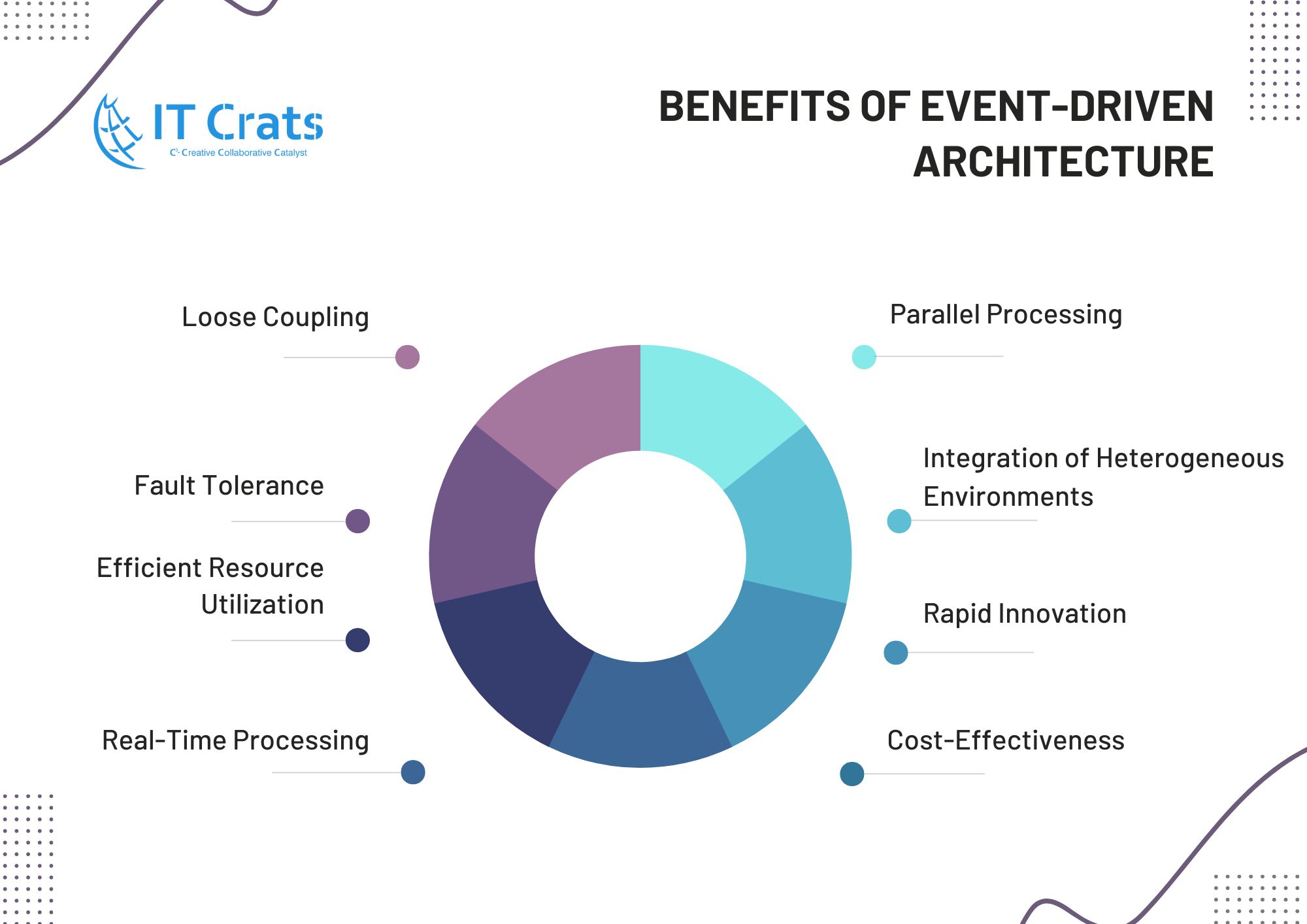
An event-driven architecture is a software design pattern that focuses on events to enable communication between services in a system. It allows for asynchronous communication, meaning we don’t have to wait for a response from another service. This decouples the services, promoting loose coupling and scalability. Producers publish events to a broker, while consumers consume events from the broker.
An event in this context refers to a significant change in state. For example, when a consumer purchases a car, the car’s state changes from “for sale” to “sold.” In a car dealer’s system architecture, this state change can be treated as an event that can be communicated to other applications within the architecture.
An event consists of two parts: the event header and the event body. The event header may include information such as the event name, timestamp, and type. The event body provides details about the detected state change.
Benefits of event-driven architecture:
🔗 Loose Coupling: Changes in one component don’t require changes in others, enhancing flexibility and agility. It reduces dependencies and promotes independent development and deployment.
🔗 Fault Tolerance: Failures in one service don’t cause others to fail. The event broker acts as a buffer, storing events until the service comes back online. This ensures robustness and fault isolation in distributed systems.
🔗 Efficient Resource Utilization: Continuous polling is eliminated, optimizing resource consumption. Services consume resources only when events occur, reducing CPU consumption and network bandwidth usage.
🔗 Real-Time Processing: Immediate reactions to events as they occur enable real-time or near-real-time processing capabilities. It’s suitable for scenarios requiring instant responses, such as real-time analytics, IoT applications, and reactive systems. It supports real-time data synchronization and collaboration between systems.
🔗 Parallel Processing: Event-driven systems allow for parallel processing of events, improving overall performance and scalability. Events can be processed independently and concurrently, enhancing system throughput.
🔗 Integration of Heterogeneous Environments: Event-driven architecture facilitates the integration of diverse systems and services by using events as the communication mechanism. It enables interoperability and communication between components developed on different technologies and platforms.
🔗 Rapid Innovation: It supports incremental development and easy integration of new functionalities. New components can subscribe to relevant events, enabling rapid innovation without impacting existing components.
🔗 Cost-Effectiveness: Event-driven architecture reduces resource consumption, leading to cost savings in CPU usage, network bandwidth, and infrastructure requirements. It improves scalability and reduces operational costs.
Drawbacks associated with Event-Driven Architecture:
🔴 Complexity: Managing numerous events, producers, and consumers across different business processes and workflows can be complex. Designing, implementing, and maintaining an event-driven system requires careful consideration of event flow, routing, and handling.
🔴 Debugging and Troubleshooting: The distributed and decoupled nature of event-driven applications can make it challenging to trace events from their source to their destination. Debugging and troubleshooting issues in event-driven systems can be more difficult compared to traditional architectures.
🔴 Monitoring and Observability: Monitoring distributed, highly decoupled applications and systems can be more complex in an event-driven architecture. Capturing comprehensive metrics, logging, and tracing across various components and services can be challenging.
🔴 Event Duplication: Event duplication can occur in event-driven systems, especially when multiple producers or consumers are involved. Duplicated events can lead to inconsistencies, redundant processing, or incorrect state management if not handled appropriately.
🔴 Error Handling and Resilience: Managing errors and ensuring resilience can be challenging in event-driven architectures. With multiple message producers and consumers, handling failures, retries, and maintaining system consistency requires careful design and implementation.











